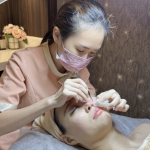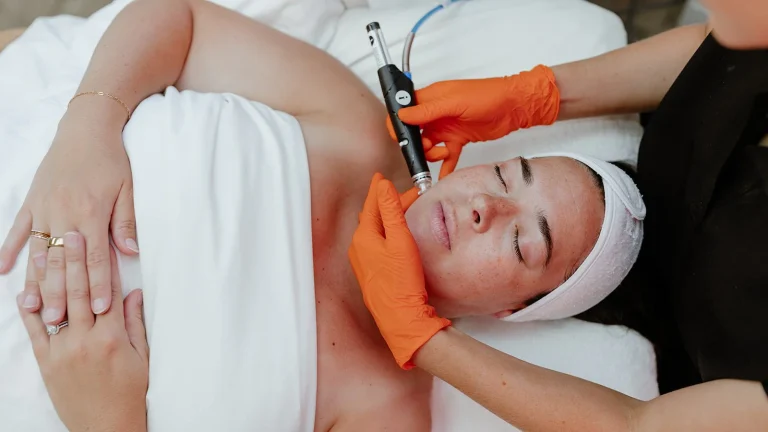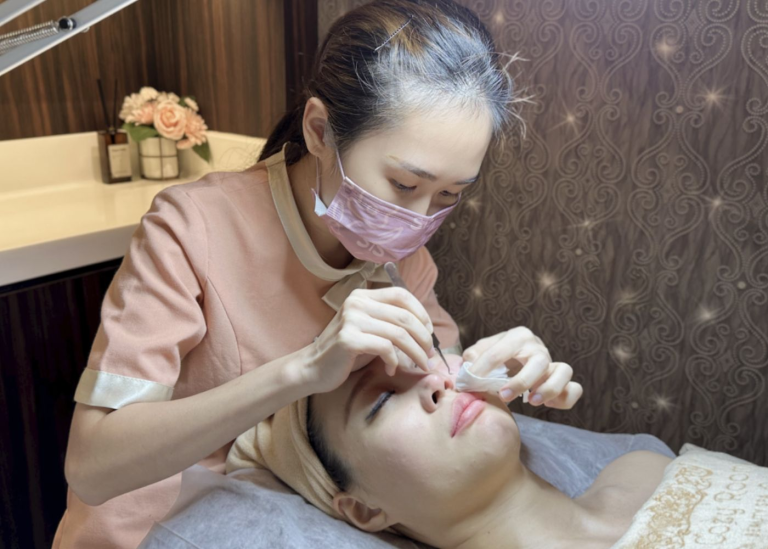Day: May 6, 2024
Food Color Red 40- What You Should Know
Red Dye 40 is one of the main coloring ingredients that you will find on many foods. It is also called Allura food, and it […]
Orthodontics for Seniors: Is It Worth It?
There’s this popular misconception that orthodontics is only for children. This is probably because kids are the ones who are mostly seen with metal braces […]













